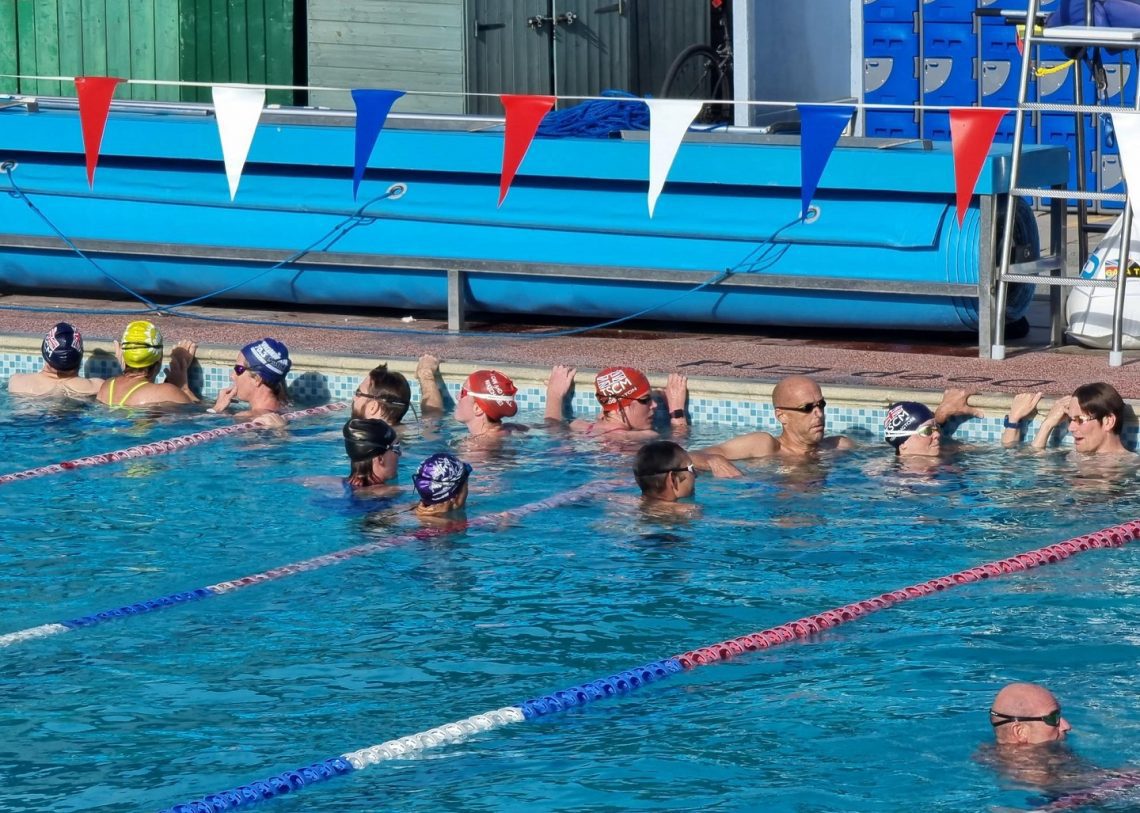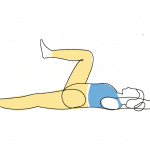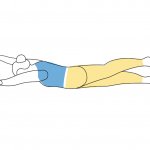
Why I like ‘boring’ swim training sets
And why they aren’t really boring if you approach them with the right mindset
Almost every week, for about eight years leading up to the pandemic, I did the same training session once per week: 8 rounds of 400m front crawl.
If you’re a sprinter, this may come close to your definition of hell (and it wouldn’t be useful training for you anyway). Even long-distance swimmers will recognise this as a tough set. Most people will agree that it sounds boring. I mean, doing the same thing, eight times, every week, for eight years. Seriously?
Other sets along these lines are things like 16 x 100m FC or 8 x 200m FC. I once swam with a coach who asked us to do 3 x 200m off a challenging turn-around time at least once per week. If you managed it with too much time to spare, or didn’t look puffed enough at the end, he’d cut the interval by 5 seconds.
There are both short-term and long-term reasons why I like these types of sets and enjoy doing them.
They are effective
If you race over longer distances, these long repetitive sessions help build the fitness you need plus teach you pace awareness and the ability to finely calibrate your effort levels.
They build mental resilience
There have been times when I’ve been struggling in races and I’ve pulled myself through by reminding myself of the training I’ve done, and how I’ve sometimes struggled in training but managed to keep going.
They are satisfying
Getting to the end of a tough training session feels good, especially when you’ve paced it well.
They are mentally soothing
Repetitive sets help you establish rhythm in your swimming. In fact, there are several layers of rhythm from your stroke rate and breathing, to your turns at the end of each length and the timing of the interval. Finding a rhythm is an underrated swimming skill but one worth developing. I find settling into a swimming grove like this is calming and relaxing, even if the physical effort is high.
They are a good measure of your swimming fitness
Swimming fitness waxes and wanes. If you only race in open water and always do something different in your training, it’s hard to measure the effectiveness of what you’re doing. Frequently doing the same set gives you a great gauge of where you are.
They make swimming feel good
This one is hard to explain until you’ve experienced it, but often swimming starts to feel even better once you’ve been in the water for 20 to 30 minutes, and (at least for me) it’s most like to happen on repetitive ‘boring’ sets. Not only does it feel good, you actually start to swim faster.
They allow endurance athletes to shine
Masters training sessions are often tailored towards sprinters: short distances, lots of rest, and a mix of strokes. The long-distance swimmers have to hang around at the back doing the best they can. On the boring long-distance sets, the hares may start fast, but the tortoises catch up and calmly overtake as the sprinters collapse.
The way to enjoy and make the most of these types of training sessions is to approach them with the right attitude. First, open your mind to the possibility that they may be fun, and that they won’t be as hard as you anticipate. Second, watch the clock – not in the sense of waiting for it all to be over, but to monitor your pace. These sets feel best when you start slightly slower than your average pace and finish slightly faster. Imagine yourself winding up to a grand finale, gradually getting faster as you warm up and tune into swimming. Finally, and when all else fails, recognise the value in them, that they are effective in making you physically and mentally stronger. Use this knowledge as a motivator if you find yourself struggling at some point (this point is often shortly before you reach the half-way stage). It can be enough to carry you through a difficult patch.








